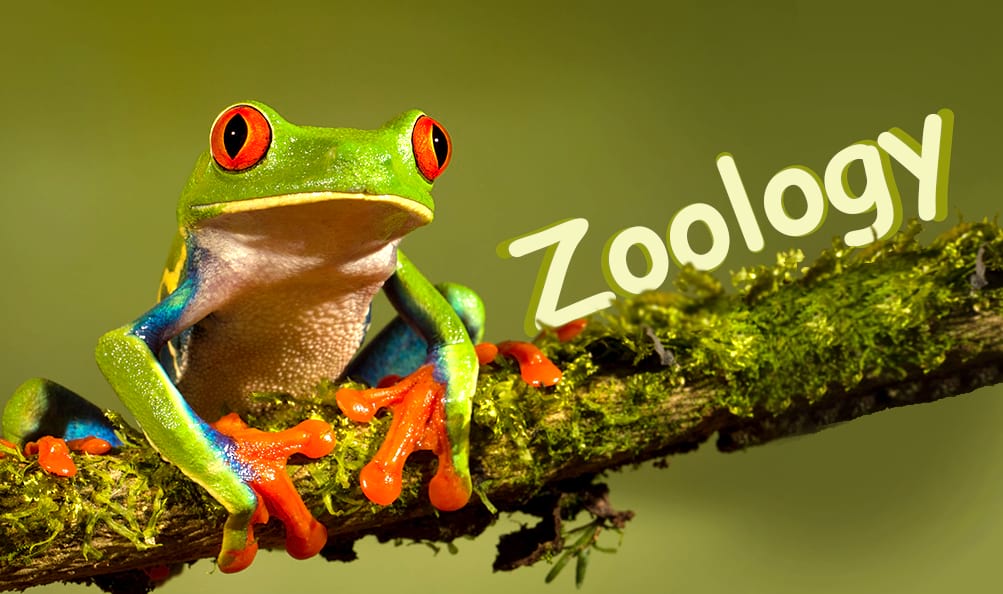Animal bodies represent a marvel of structural organization, with specialized cells forming tissues, tissues forming organs, and organs forming systems. This chapter details how different levels of organization work together to maintain homeostasis and perform complex functions. It explores epithelial, connective, muscular, and nervous tissues, explaining how their unique structures serve specific functions within the animal body and how these tissues are integrated into functional organ systems.
Chapter 3: Structural Organisation in Animals
Levels of Organization
1. Cellular Level
Individual cells perform all essential functions. Example: Protozoa like Amoeba
2. Tissue Level
Similar cells group together to form tissues with specific functions. Example: Cnidarians like Hydra
3. Organ Level
Different tissues combine to form organs with specialized functions. Example: Flatworms like Planaria
4. Organ System Level
Different organs work together as functional units. Example: Earthworms, insects, vertebrates
Animal Tissues
Tissues are groups of similar cells that perform specific functions.
1. Epithelial Tissue
- Forms covering or lining of body surfaces
- Functions: Protection, secretion, absorption, excretion
- Types:
- Simple Epithelium: Single layer of cells (squamous, cuboidal, columnar)
- Compound Epithelium: Multiple layers of cells (stratified)
- Glandular Epithelium: Specialized for secretion
- Ciliated Epithelium: With cilia for movement of particles
2. Connective Tissue
- Connects and supports other tissues
- Consists of cells embedded in matrix
- Types:
- Loose Connective Tissue: Areolar tissue, adipose tissue
- Dense Connective Tissue: Tendons, ligaments
- Specialized Connective Tissue: Blood, lymph, cartilage, bone
3. Muscle Tissue
- Specialized for contraction and movement
- Types:
- Striated/Skeletal Muscle: Voluntary control, attached to bones
- Smooth Muscle: Involuntary, found in internal organs
- Cardiac Muscle: Forms heart, involuntary, branched fibers
4. Neural Tissue
- Specialized for transmission of nerve impulses
- Consists of neurons (nerve cells) and neuroglia (supporting cells)
- Neurons have cell body, dendrites, and axon
Earthworm (Pheretima posthuma)
External Morphology
- Long, cylindrical, segmented body (about 100-120 segments)
- Dark brown dorsal surface, light ventral surface
- Mouth at anterior end, anus at posterior end
- Clitellum (14th-16th segments): Glandular region for reproduction
- Setae: Tiny bristles that help in locomotion
Digestive System
- Complete alimentary canal: Mouth → pharynx → esophagus → gizzard → intestine → anus
- Typhlosole: Internal fold that increases absorption surface
Circulatory System
- Closed system with red blood containing hemoglobin
- Dorsal and ventral blood vessels connected by lateral hearts
Excretory System
- Nephridia: Coiled tubules for excretion
- Types: Septal nephridia, integumentary nephridia
Nervous System
- Brain (cerebral ganglia) above pharynx
- Ventral nerve cord running through the body
Reproductive System
- Hermaphrodite (both male and female organs in same individual)
- Testes in segments 10-13, ovaries in segment 13
- Cross-fertilization occurs during copulation
Cockroach (Periplaneta americana)
External Morphology
- Body divided into head, thorax, and abdomen
- Exoskeleton made of chitin
- Three pairs of legs, two pairs of wings
Head
- Triangular, bears compound eyes, antennae, mouthparts
- Hypognathous (mouthparts directed downward)
Thorax
- Three segments: Prothorax, mesothorax, metathorax
- Each segment with a pair of legs
- Wings on mesothorax and metathorax
Abdomen
- Ten segments, terminal segments modified for reproduction
- Anal cerci and anal style in males
Digestive System
- Complete alimentary canal
- Crop (food storage), gizzard (grinding), hepatic caeca (secretion of enzymes)
Respiratory System
- Network of trachea and tracheoles
- Air enters through spiracles
Circulatory System
- Open type, hemolymph as blood
- Dorsal heart with ostia (openings)
Excretory System
- Malpighian tubules for excretion
- Remove nitrogenous wastes from hemolymph
Nervous System
- Brain (cerebral ganglia) in head
- Ventral nerve cord with ganglia
Reproductive System
- Sexes separate (dioecious)
- Males: Testes, vas deferens, ejaculatory duct
- Females: Ovaries, oviducts, spermatheca, colleterial glands
Frog (Rana tigrina)
External Morphology
- Body divided into head and trunk
- Skin smooth and moist with mucous glands
- Limbs: Forelimbs for support, hindlimbs for jumping and swimming
Digestive System
- Complete alimentary canal
- Alimentary canal: Mouth → buccal cavity → pharynx → esophagus → stomach → intestine → cloaca
Respiratory System
- Respiration through lungs and skin (cutaneous)
- Three stages of respiratory pathway: External nares → buccal cavity → lungs
Circulatory System
- Closed circulation with three-chambered heart (two atria, one ventricle)
- Double circulation: Pulmonary (heart-lungs-heart) and Systemic (heart-body-heart)
Excretory System
- Paired kidneys, ureters, urinary bladder, cloaca
- Removes urea as main nitrogenous waste (ureotelic)
Nervous System
- Brain with three parts: Forebrain, midbrain, hindbrain
- Spinal cord running through vertebral column
- 10 pairs of cranial nerves, 10 pairs of spinal nerves
Reproductive System
- Sexes separate (dioecious)
- Males: Testes, vasa efferentia, kidneys, ureters
- Females: Ovaries, oviducts, cloaca
- External fertilization in water
Complete Chapter-wise Hsslive Plus One Zoology Notes
Our HSSLive Plus One Zoology Notes cover all chapters with key focus areas to help you organize your study effectively:
- Chapter 1 The Living World
- Chapter 2 Animal Kingdom
- Chapter 3 Structural Organisation in Animals
- Chapter 4 Biomolecules
- Chapter 5 Digestion and Absorption
- Chapter 6 Breathing and Exchange of Gases
- Chapter 7 Body Fluids and Circulation
- Chapter 8 Excretory Products and their Elimination
- Chapter 9 Locomotion and Movement
- Chapter 10 Neural Control and Coordination
- Chapter 11 Chemical Coordination and integration
